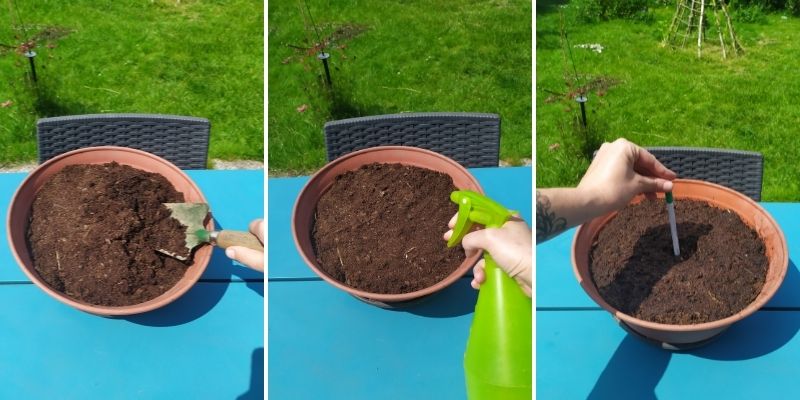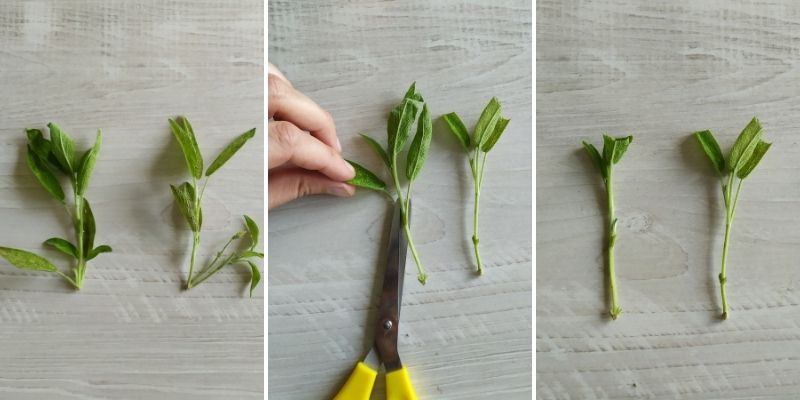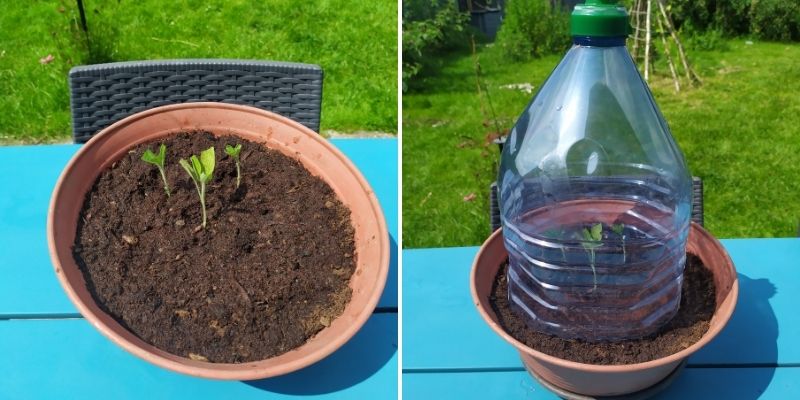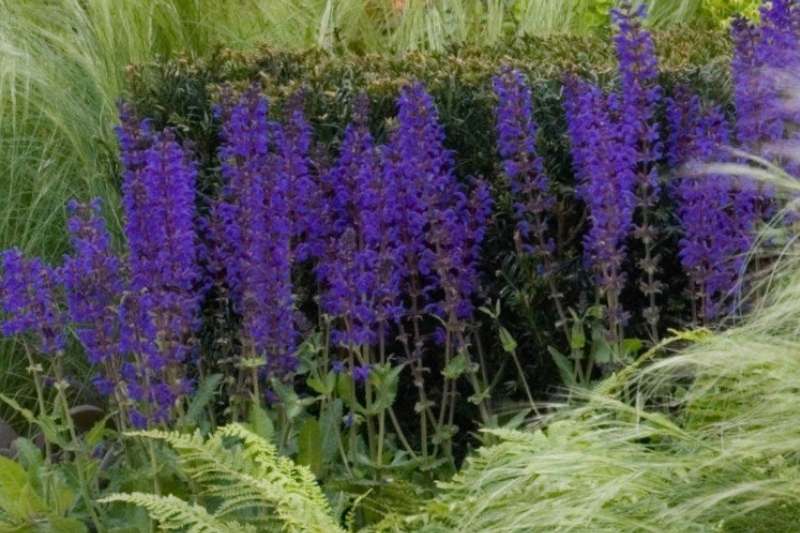Whether annual, perennial or shrubby, sages are stunning ornamental plants. Also known as Salvia, they produce magnificent flower spikes that will delight both gardeners and pollinators from May through September. Depending on the variety, blooms may be deep blue, intense violet, pure white, soft pink, or even bicolour for some shrubby sages. If they thrive in your garden, why not try propagating them to expand your borders? Sage cuttings are easy to take!
Discover when and how to propagate Salvia easily with our illustrated tutorial!
When to take sage cuttings?
Sage cuttings should be taken between June and August. This warm period encourages root development. By propagating sages, you'll obtain new plants identical to the parent that can be planted out the following spring.
What will I need?
- A pot, biodegradable pot, tray or mini greenhouse
- A pencil
- Secateurs cleaned and disinfected with alcohol to prevent disease spread
- A cloche, bottomless plastic bottle or plastic bag
- seed and potting compost
- A spray bottle
- rooting hormone (optional)
How to take sage cuttings using the 'closed case' method?
1- Fill your pot with seed compost and firm it down. Note the pot should be filled to within 2cm of the rim.
2- Moisten the compost
3- Using the pencil, make a hole 3-4cm deep

4- Select healthy, green stem tips without flowers. Remove any flower buds present.
5- Using secateurs, cut a 5-10cm stem section just below a node.
6- Remove leaves from the lower portion of the cutting, keeping only the top half of upper leaves. This prevents excessive transpiration and rapid exhaustion.

7- Optionally dip the stem base in rooting hormone before planting.
8- Insert your cutting into the pot.
9- Firm the compost around the stem
10- Cover with a cloche to maintain humidity - this is the 'closed case' principle. You could use a growing cloche, plastic bottle top or mini greenhouse.
Important: the stem and leaves mustn't touch the cloche to prevent mould!

11- Keep the compost moist at all times! It should never dry out nor become waterlogged. Ventilate every 3-4 days.
12- Place in bright light but out of direct sun.
13- After 2-3 months when roots are well developed, pot on your sage.
14- Over winter, keep your sage in a greenhouse or bright, unheated room. Plant out the following spring.
Further reading:
- Explore our wide range of salvias.
- Learn all about sage cultivation: planting, pruning and care.
- Need help choosing? See our guide "Which sage varieties to choose?"
- Discover our advice sheet: "Plant propagation: complete guide to different techniques and tips for successful cuttings".




































Comments